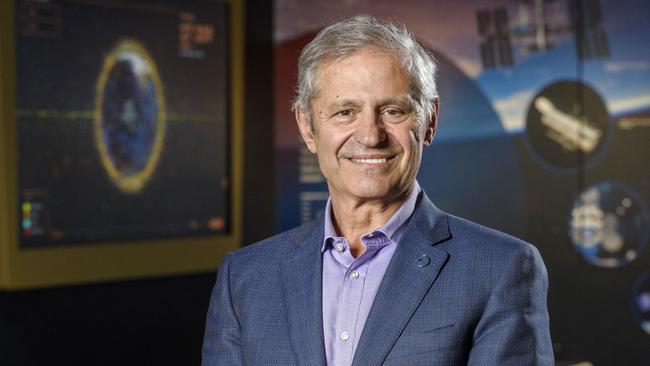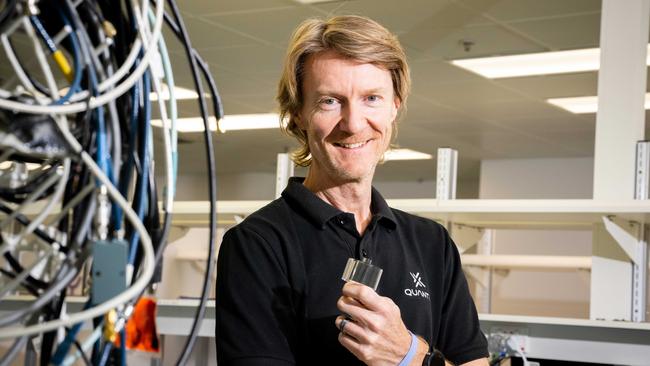The SmartSat CRC is leading a group aiming to help spacecraft make their own decisions
Autonomous spacecraft using AI to make their own decisions are the goal of a new $7m project led by the SmartSat CRC.

A consortium led by the Adelaide-based SmartSat Cooperative Research Centre is aiming to put an artificial intelligence-aided autonomous spacecraft into orbit as part of a $7m project.
The three-year project, Spacecraft Autonomy and Onboard AI for Next Generation Space Systems, known as SCARLET-α, will bring together eight SmartSat partners: Airbus, Asension, Deakin University, Defence Science and Technology Group, Leonardo Australia, Saab Australia, Swinburne University of Technology, and University of South Australia (UniSA) in a collaborative research effort.
The project aims to create a set of algorithms which will enable small and distributed spacecraft to made decisions independently, optimise the use of available resources, and handle critical situations without intervention from Earth.
SmartSat chief executive Professor Andy Koronios said to date, onboard processing had been limited to data collection, but researchers hope new algorithms will allow spacecraft to perform many tasks with less intervention from human operators.
“As autonomous technologies advance and are embraced, their place in space will expand and present new opportunities for applications here on Earth,’’ Professor Koronios said.
“The next generation of satellite communications and earth observation will be achieved using integrated systems of satellite constellations operating autonomously and performing multiple tasks in real time.
“Such AI-enabled technologies promise to transform the major sectors of our economy, such as agriculture, farming, and mining, and better serve our defence and national security objectives.
The announcement follows the news from the federal government last week that Adelaide companies Fleet Space and Quantx Labs would share in $40m in grants handed out under the Demonstrator Program of the Moon to Mars initiative. Quantx was granted $3.7m which it will use to de-risk its plans to build a next generation atomic clock and place it in orbit as part of the Kairos-1 Mission.

“To de-risk this ambitious plan, we will conduct two other earlier launches to demonstrate space operation of key components of the atomic clock,’’ the company says.
“Kairos-1 will result in Australia launching one of the globe’s most complex quantum devices into orbit. Clocks are key underpinning resource for navigation, timing synchronisation and numerous other space activities – this mission will place Australia and QuantX at the forefront of that.’’
Fleet will receive $3.9m to deploy a miniature seismic station on to the surface of the moon to record data for up to 14 days.
“Fleet’s device will be launched on board a commercial lander with the intention to land on the lunar surface within the Schrodinger Crater,’’ the company said.
“The device will remain tethered to the lander for power and communications and will use its ultra-compact three-component micro-electromechanical systems accelerometer to record seismic data while resting on the lunar surface to provide information about the lunar crust from surface to 1km depth.
“The successful delivery of this project will demonstrate the ability to produce miniature geophysical devices for future lunar & Martian geophysical exploration missions.’’
Overall 10 projects were funded under the Demonstrator Program.





